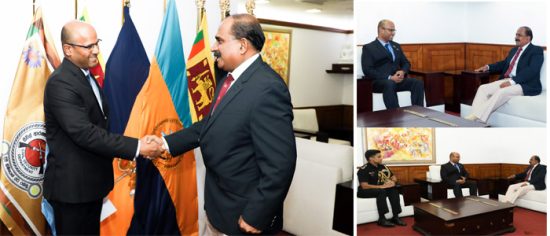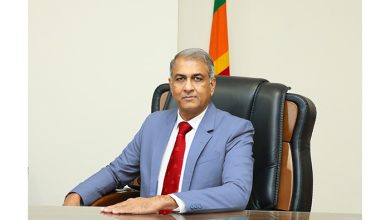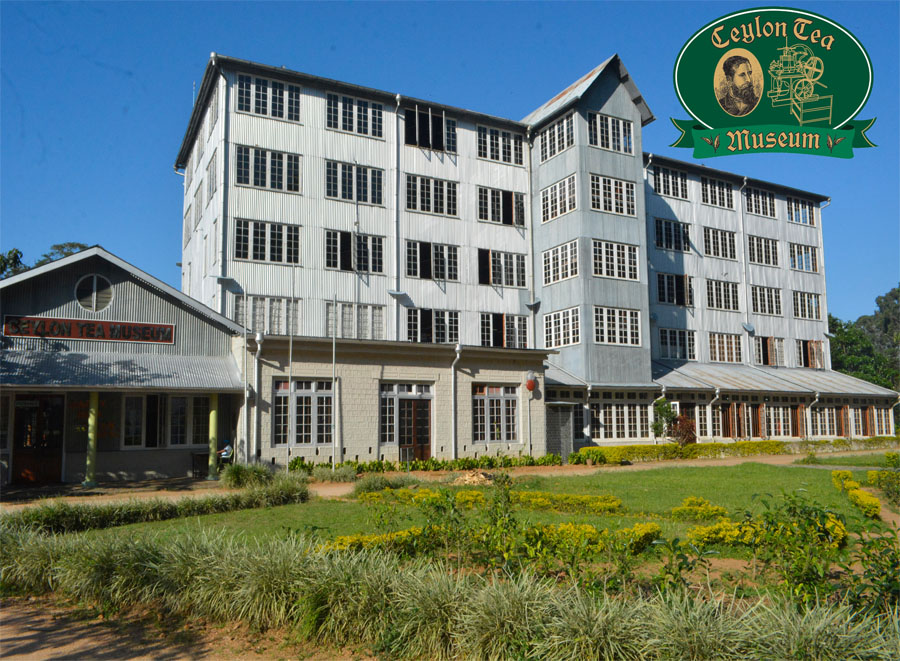Sri Lanka Lauds India’s Support in Defence and Security Talks

A meeting between the Deputy Minister of Defence, Major General Aruna Jayasekara (Retd), and the Defence Advisor of the High Commission of India, Captain Anand Mukundan, along with Assistant Defence Advisor Lieutenant Colonel Mandeep Singh Negi, took place yesterday (Jan 10) at the Deputy Minister’s office in Colombo.
During the cordial meeting, Captain Mukundan extended an official invitation to the Deputy Minister to attend the celebrations marking India’s 76th Republic Day on January 26. Both parties explored potential opportunities to further enhance bilateral defence cooperation.
Future, the long-standing and robust defence cooperation between Sri Lanka and India were among the discussed points during the meeting. The Deputy Minister emphasized the significance of fostering strong people-to-people connections between the two nations and expressed his appreciation for the continued military assistance by India.
Major General Jayasekara commended India’s support in anti-narcotic operations, underscoring the mutual commitment to combating this pressing issue. The meeting reinforced the enduring friendship and collaborative spirit between Sri Lanka and India.






